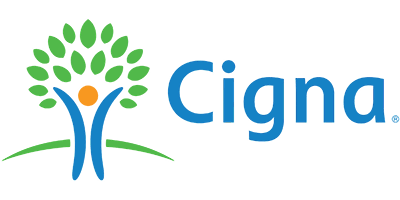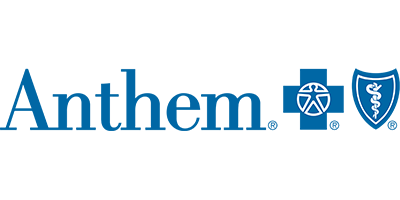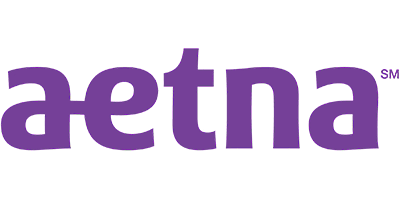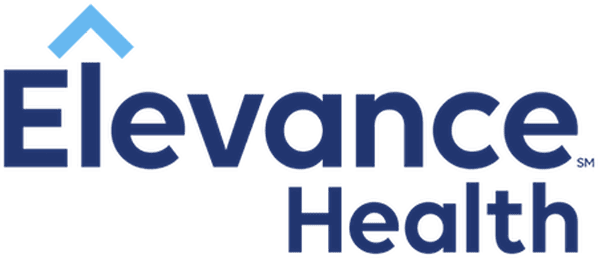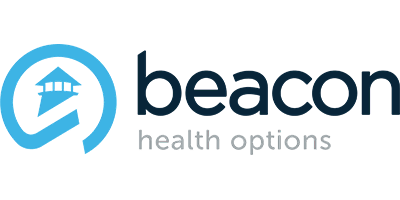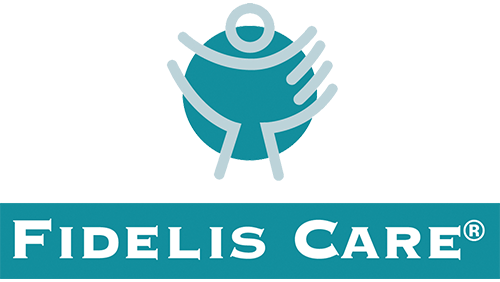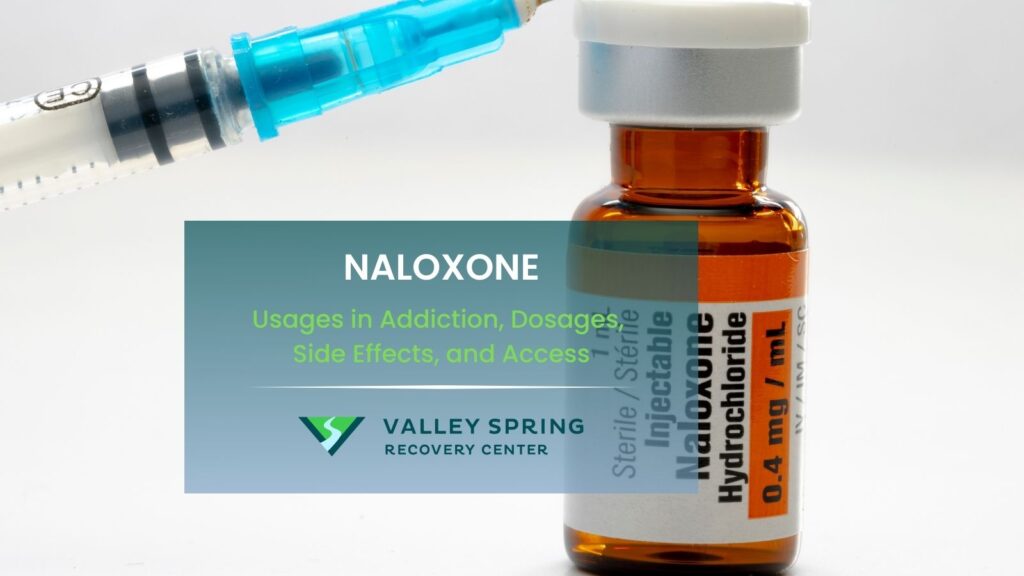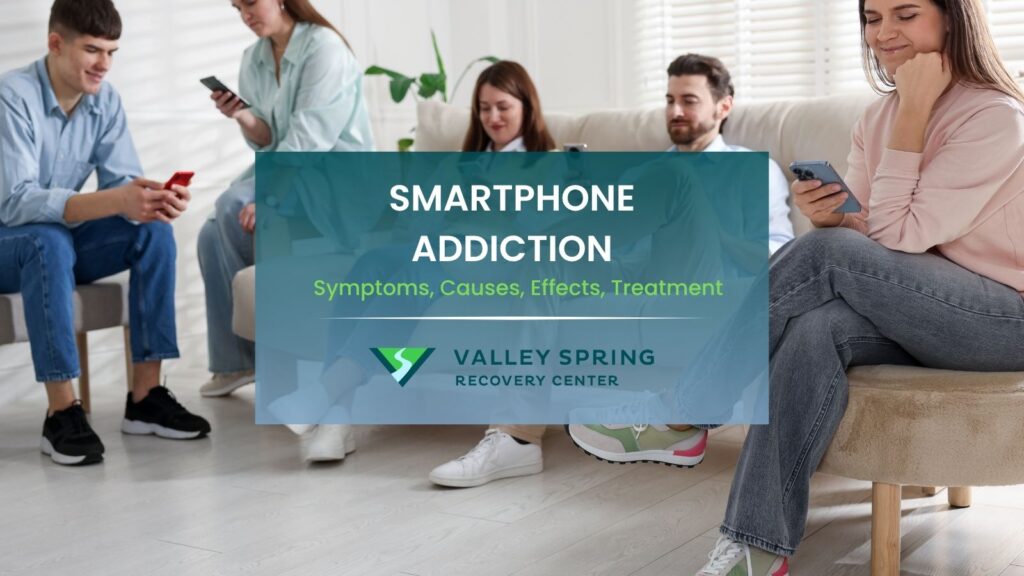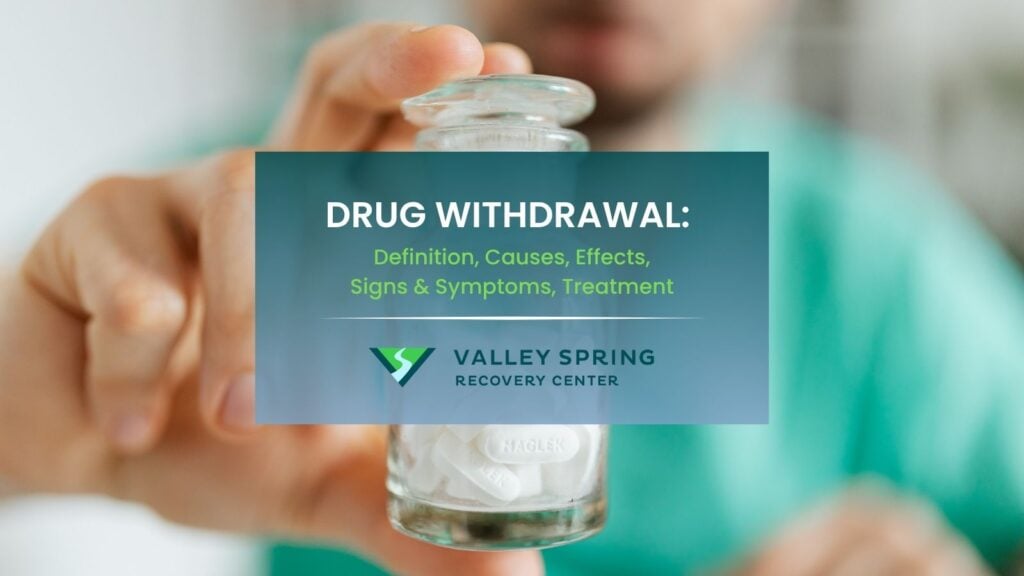Screening, Brief Intervention, and Referral to Treatment (SBIRT): Definition, Description, Application and Efficacy.
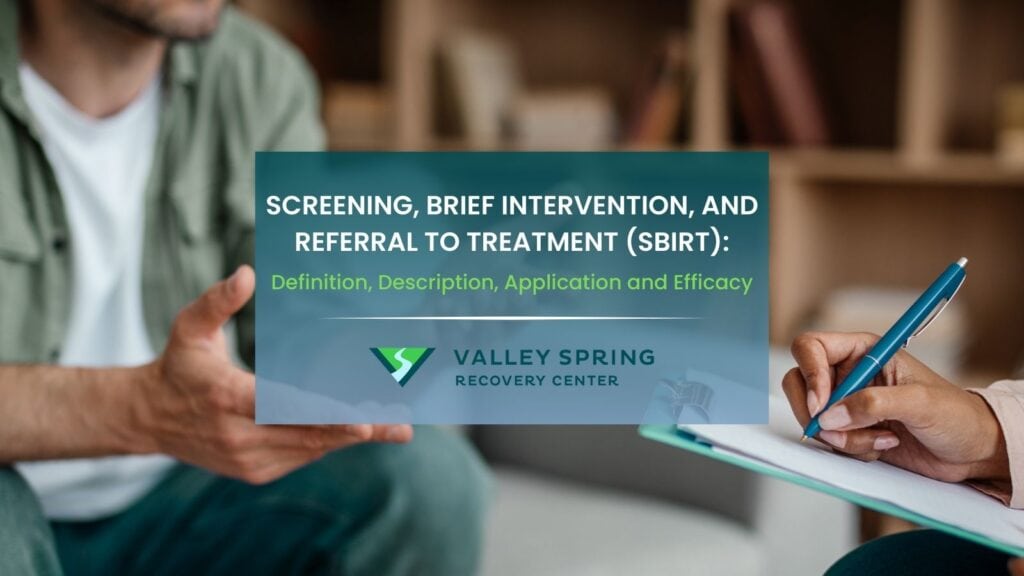
Screening, Brief Intervention, and Referral to Treatment (SBIRT) is an evidence-based approach used in healthcare settings to address substance abuse issues. It involves a systematic process of identifying individuals at risk for or experiencing substance abuse problems, providing brief interventions, and making appropriate referrals to treatment services.
SBIRT has demonstrated efficacy in various healthcare settings, showing positive outcomes in reducing substance use, related harms, and promoting engagement in treatment. Research indicates that SBIRT interventions are cost-effective and can lead to improvements in health outcomes and overall well-being.
SBIRT can be applied in different contexts, such as primary care clinics, emergency departments, and community settings. It is adaptable to various substances, including alcohol, drugs, and tobacco, as well as other addictive behaviors.
What is SBIRT (Screening, Brief Intervention, and Referral to Treatment)?
Screening, Brief Intervention, and Referral to Treatment (SBIRT) is an evidence-based, public health approach designed to identify and reduce unhealthy alcohol and drug use. It integrates early intervention and treatment services into routine healthcare to address substance misuse before it progresses to more severe levels.
Components of SBIRT:
- Screening is a process of quick evaluation that occurs through a short, validated questionnaire test such as ASSIST, CRAFFT, AUDIT or DAST-10. The purpose of a screening in the SBIRT approach iso identify individuals who are at risk of developing substance use disorders.
- Brief Intervention is a short, structured conversations that provide feedback on risky behaviors and offer options for change. The purpose of a brief intervention is to engage individuals in non-judgmental dialogue about their substance use, enhancing their motivation to reduce use and improve their health.
- Referral to Treatment is a proactive process that connects individuals who need more extensive treatment to specialized services. The purpose of a referral to treatment is To ensure that individuals with significant substance use issues receive the necessary assessment, diagnosis, and treatment.
SBIRT offers numerous benefits and goals aimed at addressing substance misuse effectively according to the Office of Addiction Services and Supports in New York State. By identifying risky or potentially risky substance use patterns early on, SBIRT facilitates early detection. This preventative approach aims to reduce or prevent substance use, avoiding related health consequences, diseases, accidents, and injuries. SBIRT provides comprehensive care through evidence-based interventions and connects individuals to necessary resources, services, and supports. This holistic approach enhances the health of individuals, families, and communities while reducing overall healthcare costs. Additionally, as a billable service, SBIRT is accessible and sustainable for healthcare providers, ensuring its widespread implementation and long-term viability.
SBIRT can be used in various settings, including clinics, schools, and community centers, by different types of healthcare and support staff. It incorporates universal screening to evaluate all individuals within a specific group and employs brief interventions to guide participants toward healthier behaviors and goals. Those requiring a higher level of care are referred to specialized services for comprehensive support.
Training for SBIRT is available through various programs:
- University of Missouri Kansas City SBIRT Training Program:
- Courses: 3.5-hour self-paced SBIRT for Healthcare Professionals and 0.5-hour SBIRT Putting it All Together.
- Certification: Meets the 4-hour training requirement for SBIRT Medicaid billing and is approved for OASAS credentialing hours.
- Availability: Free with course registration.
By incorporating SBIRT into routine healthcare practices, professionals can effectively address substance misuse, improving health outcomes and supporting long-term recovery.
Did you know most health insurance plans cover substance use disorder treatment? Check your coverage online now.
How Efficient is SBIRT in Substance Abuse and Addiction Prevention and Treatment?
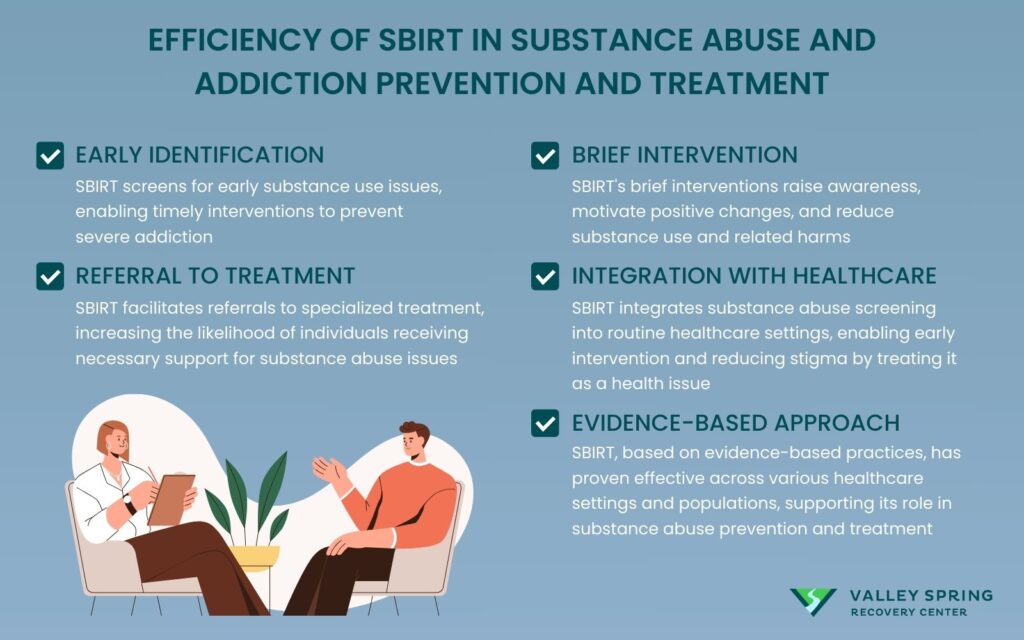
The efficiency of the SBIRT in substance abuse and addiction prevention and treatment lies in helping to identify substance use cases at its early stage, brief intervention and referral to treatment. According to research by Shonesy, et al (2019), titled SBIRT in a retail pharmacy setting: The pharmacist’s role in identifying and addressing risk of substance use disorder. 30870202, SBIRT screening revealed that 20.8% of individuals were at-risk for substance use disorder, 16.7% were at-risk for alcohol use disorder, and 37.5% reported tobacco use. Overall, 33.3% of subjects were at-risk for substance use disorder or alcohol use disorder.
Here are key points regarding its efficiency:
1. Early Identification
SBIRT focuses on early identification of substance use problems. By screening individuals for risky substance use behaviors, it helps identify issues at an early stage when intervention is more likely to be successful. Early identification can prevent the progression of substance abuse into more severe addiction problems.
2. Brief Intervention
The brief intervention component of SBIRT has demonstrated positive outcomes. It can effectively raise awareness about the risks associated with substance use, motivate individuals to make positive changes, and increase their readiness for treatment. Research suggests that even brief interventions can lead to reductions in substance use and related harms.
Contact us today to schedule an initial assessment or to learn more about our services. Whether you are seeking intensive outpatient care or simply need guidance on your drug addiction journey, we are here to help.
3. Referral to Treatment
SBIRT facilitates the referral process for individuals who require specialized treatment services. By connecting them to appropriate resources, such as counseling or rehabilitation programs, it increases the likelihood of individuals receiving the necessary support to address their substance abuse problems effectively.
4. Integration with Healthcare
SBIRT integrates substance abuse screening and intervention into routine healthcare settings, such as primary care clinics. This integration allows for earlier identification and intervention, as individuals may be more likely to seek help in healthcare settings where they already receive other medical care. It also helps reduce the stigma associated with substance abuse by treating it as a health issue.
5. Evidence-Based Approach
SBIRT is based on evidence-based practices and has been extensively studied. Numerous studies have shown its effectiveness in various healthcare settings and with different populations, including adolescents and adults. The evidence supports its use as a valuable tool in substance abuse prevention and treatment.
Since 2003, the Substance Abuse and Mental Health Services Administration (SAMHSA) has supported SBIRT programs, resulting in over 1.5 million individuals being screened for substance abuse. While SBIRT is an effective approach, it is important to note that its success also depends on factors such as the individual’s motivation to change, the availability and accessibility of treatment services, and ongoing support and follow-up.
Rediscover Life at Valley Spring Recovery Center
Get the compassionate support you deserve. We're here to help you reclaim joy, wellness, and a brighter future.
Verify Benefits
Who Uses SBIRT?
According to the Office of Addiction Services and Support (OASAS), SBIRTs can be utilized by various types of staff in different settings, such as clinics, schools, and community centers:
- Primary Care Providers: Primary care physicians, nurse practitioners, and other healthcare professionals in primary care settings often integrate SBIRT into their routine patient care.
- Emergency Department Staff: Emergency department personnel, including physicians, nurses, and social workers, use SBIRT to assess immediate concerns and provide appropriate referrals or interventions.
- Behavioral Health Providers: Mental health professionals, substance abuse counselors, and therapists may incorporate SBIRT as part of their assessment and treatment process.
- Hospitals and Healthcare Systems: Many hospitals and larger healthcare systems have implemented SBIRT as a standardized approach across their facilities.
- Community Health Centers: Community health centers that provide comprehensive healthcare services to underserved populations often use SBIRT. These settings aim to identify substance abuse issues and provide necessary interventions, referrals, and support to individuals who may have limited access to specialized substance abuse treatment services.
- School-Based Health Clinics: SBIRT is also implemented in school-based health clinics to address substance-related concerns among adolescents and promotes healthier behaviors.
- Public Health Agencies and Programs: Public health agencies and programs collaborate with healthcare providers and community organizations to implement SBIRT initiatives and increase access to effective interventions.
Note that the specific use of SBIRT may vary based on the resources, policies, and practices of individual healthcare organizations or settings.
What are the Common Screening Tools Used in SBIRT?
There are several commonly used screening tools in SBIRT that help identify substance use problems. These tools have been developed and validated for their effectiveness in various populations and settings. Here are some examples:
- Alcohol Use Disorders Identification Test (AUDIT): AUDIT is a widely used screening tool for alcohol use. It consists of a series of questions that assess alcohol consumption patterns, alcohol-related problems, and alcohol dependence symptoms.
- Drug Abuse Screening Test (DAST): DAST is a screening tool designed to identify drug use and related problems. It includes questions about the frequency of drug use, negative consequences, and concerns related to drug use.
- Alcohol, Smoking, and Substance Involvement Screening Test (ASSIST): ASSIST is a comprehensive screening tool that assesses the use of alcohol, tobacco, and various illicit drugs. It provides a score indicating the level of risk associated with substance use.
- CAGE Questionnaire: The CAGE questionnaire is a simple screening tool used to identify potential alcohol-related problems. It consists of four questions that address concerns related to alcohol use, including attempts to cut back, annoyance by criticism, guilt about drinking, and eye-openers (the need for a drink in the morning).
- Customized SBIRT Questionnaire: Some healthcare settings use their own customized questionnaires based on the SBIRT approach. These questionnaires typically include questions about substance use frequency, quantity, consequences, and readiness for change.
These screening tools are typically self-administered or conducted through brief interviews with healthcare providers. They help identify individuals who may have substance use problems or are at risk for developing them.
Who Needs SBIRT?
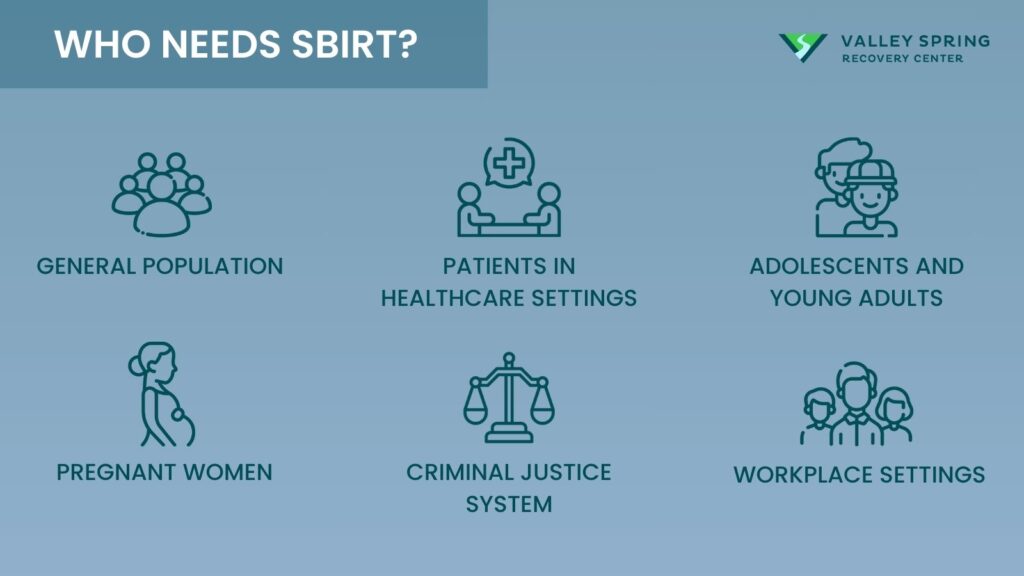
SBIRT is designed to identify and assist individuals who are at risk for or have substance abuse issues. It is recommended for various people across different populations and settings. Here are some groups of people who may benefit from SBIRT:
Are you covered for treatment?
Valley Spring Recovery Center is an approved provider for Blue Cross Blue Shield and Cigna, while also accepting many other major insurance carriers.
Check Coverage Now!1. General Population
SBIRT is applied to the general population as a preventive measure. It helps identify individuals who may be engaging in risky substance use behaviors and provides early intervention to prevent the escalation of problems.
2. Patients in Healthcare Settings
SBIRT is commonly used in healthcare settings, including primary care clinics, emergency departments, and hospitals. It is beneficial for patients who present with substance-related concerns, have a history of substance abuse, or are at risk for substance use disorders.
3. Adolescents and Young Adults
SBIRT is particularly important for adolescents and young adults, as this age group may be more prone to experimentation and risky substance use behaviors. Implementing SBIRT in schools, colleges, and other youth-focused settings can help identify and address substance abuse issues early on.
Did you know most health insurance plans cover substance use disorder treatment? Check your coverage online now.
4. Pregnant Women
Pregnant women who use substances are at risk of adverse outcomes for both themselves and their unborn children. SBIRT is crucial in identifying substance use during pregnancy, providing appropriate interventions, and facilitating referrals to specialized prenatal care and substance abuse treatment services.
5. Criminal Justice System
SBIRT is increasingly used within the criminal justice system to address substance abuse issues among individuals involved in the legal system. It helps identify substance use problems, provide interventions, and connect individuals to treatment services as an alternative to incarceration or as part of rehabilitation programs.
6. Workplace Settings
Some workplaces implement SBIRT programs to address substance abuse among employees. By offering screenings, interventions, and referrals to treatment, employers can support employees in overcoming substance abuse issues and promote a healthier work environment.
SBIRT is a versatile approach that can be adapted to different settings and tailored to meet the needs of specific populations or target groups at risk for substance abuse.
Contact us today to schedule an initial assessment or to learn more about our services. Whether you are seeking intensive outpatient care or simply need guidance on your drug addiction journey, we are here to help.
How long does a brief intervention in SBIRT usually last?
Brief interventions in SBIRT are typically time-limited and can range from a few minutes to an hour. The specific duration depends on the individual’s needs, readiness for change, and the setting in which the intervention occurs.
What happens after a referral to treatment in SBIRT?
After a referral to treatment, the individual is connected to specialized treatment services, such as counseling or rehabilitation programs. The treatment provider works with the individual to address their substance abuse issues and support their recovery journey.
How does SBIRT compare to breathalyzer tests in terms of effectiveness for identifying substance use problems?
SBIRT (Screening, Brief Intervention, and Referral to Treatment) and breathalyzer tests serve different purposes in identifying substance use problems. SBIRT is a comprehensive approach that involves screening for risky substance use behaviors, providing brief interventions to motivate individuals towards change, and referring them to treatment when necessary. It is effective in identifying a wide range of substance use issues, including alcohol and drugs, through structured questionnaires and conversations.
Breathalyzer tests, on the other hand, are specifically designed to measure blood alcohol concentration (BAC) at a given moment, providing immediate and quantifiable results. While breathalyzers are effective for detecting current intoxication, they do not address underlying behavioral patterns or provide pathways for long-term treatment. Combining SBIRT with tools like breathalyzer tests can enhance the overall effectiveness of substance use interventions by providing both immediate data and a broader, more sustainable approach to treatment.
Rediscover Life at Valley Spring Recovery Center
Get the compassionate support you deserve. We're here to help you reclaim joy, wellness, and a brighter future.
Verify Benefits
What are the advantages of using the CRAFFT Screening Test in conjunction with SBIRT for adolescents?
The CRAFFT Screening Test is specifically designed to identify substance use disorders in adolescents, making it a valuable tool when used in conjunction with SBIRT. The CRAFFT test includes questions tailored to the experiences and behaviors of young people, which helps in accurately identifying risky substance use early on. When integrated with SBIRT, the CRAFFT test enhances the screening process by providing a focused and age-appropriate assessment.
Using the CRAFFT Screening Test within the SBIRT framework allows for brief interventions that are tailored to adolescents’ unique needs, fostering an environment where young individuals can discuss their substance use openly and receive appropriate guidance and referrals. This combined approach ensures that adolescents receive timely and relevant support, increasing the likelihood of successful intervention and prevention of future substance abuse.
Is SBIRT confidential?
Yes, SBIRT screenings and interventions are conducted with confidentiality in mind. Healthcare professionals follow privacy regulations and ethical standards to protect the individual’s personal health information.
Can SBIRT be used for other addictions besides drugs and alcohol?
While SBIRT is commonly used for assessing substance use involving drugs and alcohol, the principles of screening, brief intervention, and referral to treatment can be adapted to address other addictive behaviors. For example, the Bureau of Substance Addiction Services says that SBIRT has been used to identify and intervene with individuals who have gambling problems. Screening tools specific to gambling addiction have been developed and integrated into SBIRT protocols.
Are you covered for treatment?
Valley Spring Recovery Center is an approved provider for Blue Cross Blue Shield and Cigna, while also accepting many other major insurance carriers.
Check Coverage Now!What is the difference between the SBIRT tool and the CRAFFT tool?
The SBIRT model is a comprehensive framework for screening, brief intervention, and referral to treatment for substance use and mental health issues, while the CRAFFT is a specific screening tool that assesses substance use risk in adolescents and young adults. SBIRT encompasses the CRAFFT as part of the broader screening component.
What to Do If You Have Failed a Screening Quiz and Require Drug and Alcohol Treatment?
Failing a drug and alcohol screening quiz can be a crucial wake-up call, indicating the need for professional help. Here’s a step-by-step guide on what to do next:
- Acknowledge the Results:
- Accept that failing the screening quiz means you may have a substance use issue that needs addressing. Recognizing the problem is the first step toward recovery.
- Consult a Healthcare Professional:
- Schedule an appointment with your primary care physician or a specialist in addiction medicine. They can provide a comprehensive assessment of your substance use and overall health.
- Seek Immediate Support:
- If you feel overwhelmed or at risk of harm, contact a local crisis hotline or go to the nearest emergency room. Immediate support can be critical in preventing self-harm or other serious consequences.
- Get a Referral:
- Your healthcare provider can refer you to specialized treatment services, including detoxification programs, inpatient or outpatient rehab, and counseling services. They can help you find the appropriate level of care based on your specific needs.
- Understand Your Treatment Options:
- Detoxification: This is often the first step in treatment, helping to manage withdrawal symptoms in a safe environment.
- Inpatient Rehabilitation: Provides a structured environment with 24/7 support, ideal for severe addictions.
- Outpatient Programs: Allow you to receive treatment while living at home, suitable for those with milder addictions or as a step-down from inpatient care.
- Counseling and Therapy: Includes individual therapy, group therapy, and family therapy, which help address the psychological aspects of addiction.
- Medication-Assisted Treatment (MAT): Utilizes medications like methadone, buprenorphine, or naltrexone, combined with counseling and behavioral therapies.
- Create a Support Network:
- Reach out to family, friends, or support groups who can provide emotional support and encouragement throughout your recovery journey. Joining groups like Alcoholics Anonymous (AA) or Narcotics Anonymous (NA) can offer community support and shared experiences.
- Follow Your Treatment Plan:
- Adhere to the treatment plan developed by your healthcare providers. This includes attending therapy sessions, taking prescribed medications, and following up with medical appointments.
- Develop Healthy Habits:
- Engage in activities that promote physical and mental well-being, such as regular exercise, healthy eating, and practicing mindfulness or meditation.
- Plan for Long-Term Recovery:
- Recovery is an ongoing process. Develop a relapse prevention plan with your healthcare provider, which includes coping strategies for dealing with triggers and stress.
- Stay Committed:
- Understand that recovery can be challenging and may involve setbacks. Stay committed to your treatment and seek help immediately if you experience a relapse.
Failing a screening quiz can be a pivotal moment that leads to seeking the help you need to overcome substance use issues. By taking immediate and proactive steps, you can begin the journey toward recovery and regain control of your life. Valley Spring Offers Addiction Treatment Services In New Jersey and has a 24/7 admissions team ready to help you.
Share This Post


